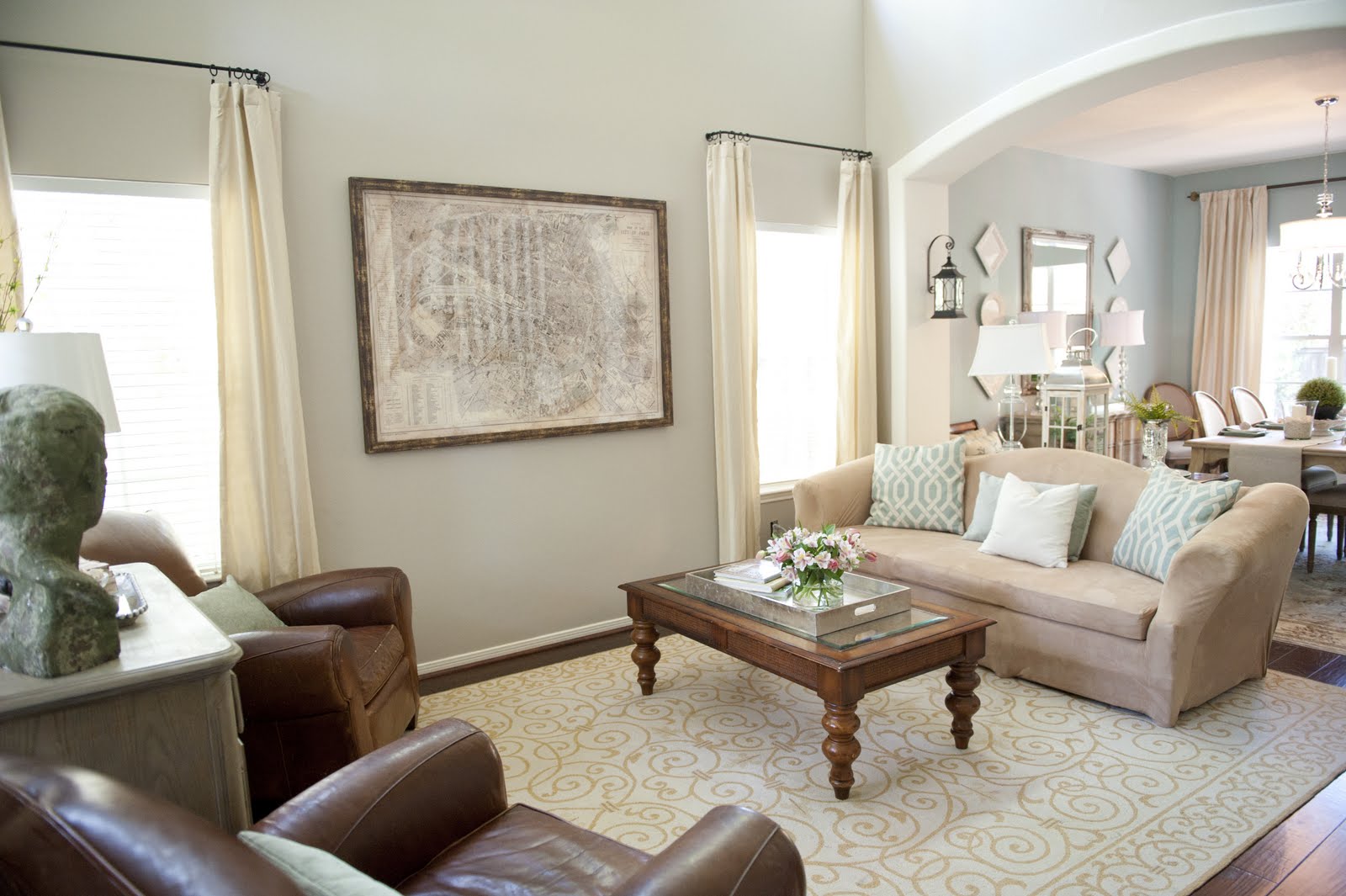Toasted Almond Paint: Warm Up Your Walls

Is your living room feeling a little…blah? Are your walls screaming for a refresh, but you're overwhelmed by the endless spectrum of paint colors? Consider the comforting embrace of toasted almond, a paint color that’s as versatile as it is warm. This neutral shade offers a sophisticated alternative to stark white or beige, infusing spaces with a subtle yet inviting glow.
Toasted almond resides in that sweet spot between beige and greige, borrowing the best of both worlds. It’s not as cool as a true gray, nor as overtly yellow as a traditional beige. This nuanced hue brings a sense of grounded elegance, making it a popular choice for everything from cozy bedrooms to open-concept kitchens. Imagine a sun-drenched morning, a cup of coffee in hand, and the gentle warmth of toasted almond walls surrounding you. That’s the kind of inviting atmosphere this versatile color can create.
While the precise origins of toasted almond as a designated paint color are difficult to pinpoint, its roots lie in the broader history of neutral paint palettes. These shades, inspired by natural elements like sand, stone, and, of course, almonds, have long been favored for their ability to create calming and versatile backdrops. The rise of toasted almond reflects a modern desire for more complex neutrals that move beyond basic beige and embrace subtle undertones.
The beauty of toasted almond lies in its adaptability. It pairs effortlessly with a wide range of décor styles, from modern minimalist to rustic farmhouse. This adaptability makes toasted almond a low-risk, high-reward choice for homeowners and renters alike. Its neutral nature allows you to easily switch up accent colors and furniture without needing a complete repaint. This shade also interacts beautifully with natural light, appearing warmer in sunlit spaces and slightly cooler in rooms with less natural illumination.
One key consideration when working with an almond-inspired hue is the specific undertone. Some versions of toasted almond might lean slightly towards pink, while others may have hints of green or gray. Testing paint samples in your intended space is crucial to ensuring the chosen shade harmonizes with your existing lighting and furnishings. Understanding these nuances will help you achieve the desired ambiance, whether it’s a cozy, inviting feel or a more airy and spacious look.
Choosing a toasted almond shade provides several benefits. First, its neutral nature creates a versatile backdrop for any decorating style. Second, it offers a warm and inviting ambiance, enhancing the comfort of your space. Third, its timeless appeal ensures your walls won't look dated in a few years.
To successfully implement toasted almond, start by sampling various shades in your space. Consider the lighting and existing décor. Once you've selected the perfect shade, prepare your walls properly before painting for optimal coverage and a smooth finish.
Advantages and Disadvantages of Toasted Almond
| Advantages | Disadvantages |
|---|---|
| Versatile and adaptable to different décor styles | Can appear bland if not paired with contrasting accents |
| Creates a warm and inviting atmosphere | Subtle undertones can be challenging to match |
| Timeless appeal | May require multiple coats for full coverage depending on the existing wall color |
Best practices for using toasted almond include: 1) Test multiple shades; 2) Consider the lighting; 3) Prepare walls properly; 4) Use quality paint; 5) Pair with contrasting accents.
Real-world examples: Toasted almond in a bedroom with white trim, in a living room with navy accents, in a kitchen with wooden cabinets, in a bathroom with gray tiles, in a hallway with natural light.
Challenges and solutions: Dealing with undertones (solution: test samples), achieving even coverage (solution: multiple coats), pairing with existing décor (solution: consider color wheel), preventing a bland look (solution: contrasting accents), cleaning (solution: gentle cleanser).
FAQs: What undertones does toasted almond have? What colors go well with toasted almond? Is toasted almond a warm or cool color? How can I prevent toasted almond from looking bland? What sheen should I use for toasted almond? What type of paint is best for toasted almond? How do I prepare my walls for toasted almond paint? How can I clean walls painted with toasted almond?
Tips: Pair toasted almond with contrasting textures, such as woven throws or velvet pillows. Use metallic accents to add a touch of glamour. Introduce pops of color with artwork and accessories.
In conclusion, toasted almond offers a versatile and sophisticated alternative to traditional neutrals. Its warm, inviting nature and adaptable qualities make it an excellent choice for a variety of spaces. From its subtle undertones to its ability to seamlessly blend with various decor styles, toasted almond empowers you to create a space that reflects your personal aesthetic. By considering the tips, best practices, and real-world examples outlined above, you can confidently embrace the warmth and versatility of toasted almond and transform your home into a haven of style and comfort. Don’t be afraid to experiment with this versatile shade and discover the transformative power of toasted almond paint. Are you ready to warm up your walls?
Electrify your ride finding a hybrid rav4 near you
Staying illuminated in lee county your power outage guide
Rode hard put away wet mastering the past tense of ride



:max_bytes(150000):strip_icc()/almond-decor-ideas-3-michelle-boudreau-las-palmas-3-1301824188c2406a988d92665532bd35.png)









